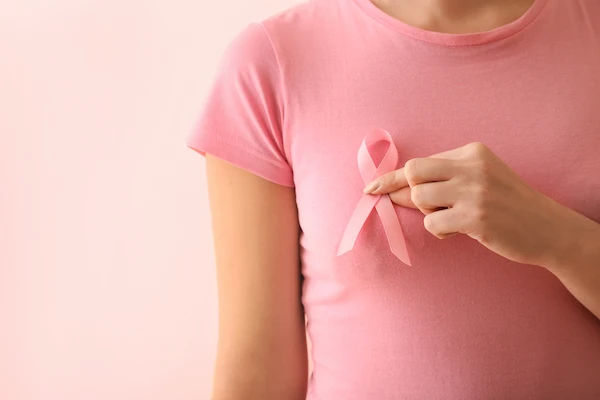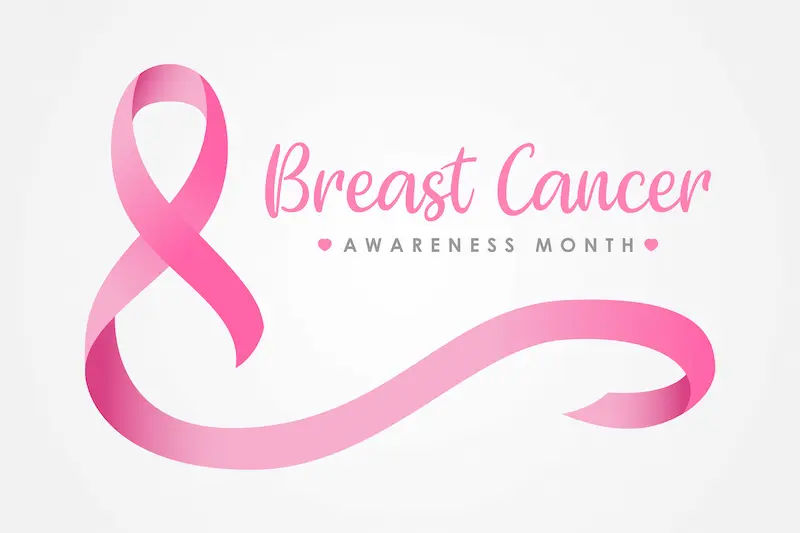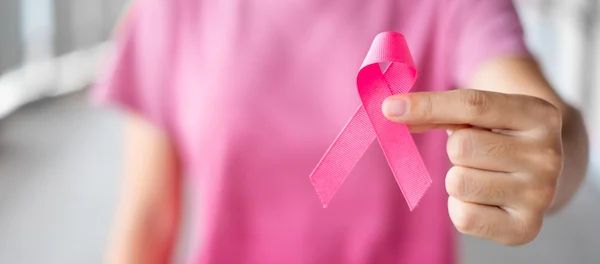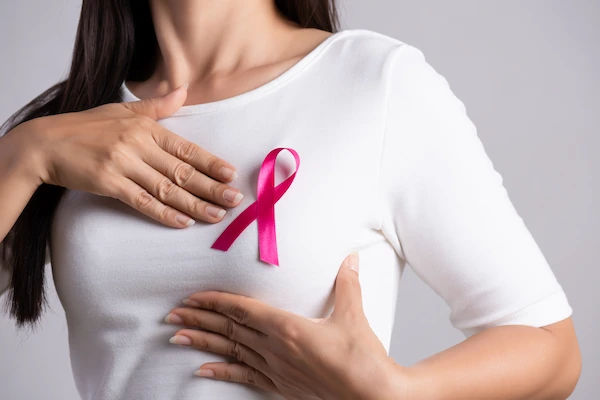Early Signs of Breast Cancer A Guide to Detection & Action
Learn about the 5 early signs of breast cancer, from lumps to subtle skin and nipple changes. Discover how self-exams, early detection, and screening can save lives.

Written by Dr. M L Ezhilarasan
Reviewed by Dr. Rohinipriyanka Pondugula MBBS
Last updated on 13th Sep, 2025
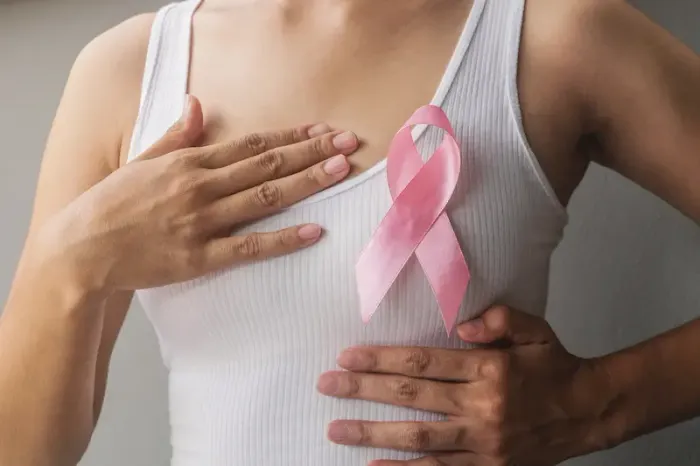
Introduction
Breast cancer is a health concern that touches millions, but the most powerful weapon against it is knowledge. Catching it early dramatically increases treatment success and options. While finding a lump is the most widely known sign, many early indicators are more subtle and easily overlooked. This guide moves beyond the basics to reveal the five early signs of breast cancer you need to know, empowering you to understand your body's signals. We will explore what to look for, from skin texture changes to nipple abnormalities, and provide a clear action plan for what to do next. Your awareness today could make all the difference tomorrow.
Why Recognising Early Breast Cancer Signs is Crucial
Understanding the importance of vigilance is the first step. Early detection is not just a medical term; it is a lifesaving strategy.
The Power of Early Detection on Survival Rates
When breast cancer is detected early and is still localised (confined to the breast), the five-year relative survival rate is 99%. This statistic from the American Cancer Society highlights the monumental importance of identifying the disease in its initial stages. Early discovery often means less aggressive treatment, more breast-conserving options, and a significantly better quality of life during and after recovery.
Beyond the Lump: Understanding the Spectrum of Symptoms
Focusing only on finding a lump can create a false sense of security. Many aggressive forms of breast cancer, such as inflammatory breast cancer, may not present with a distinct lump at all. Instead, they cause widespread changes like redness, warmth, and thickening of the skin. By learning the full spectrum of symptoms of breast cancer besides a lump, you become your own best advocate for health.Consult Top Oncologists
The 5 Most Common Early Signs of Breast Cancer
Becoming familiar with these key changes can help you recognise when something may not be right. Any new or unusual change in your breasts deserves attention.
1. A New Lump or Mass in the Breast or Armpit
This remains the most common first sign. A cancerous lump often feels distinct from the surrounding breast tissue.
How to Identify a Concerning Lump?
A lump that may be worrying often feels hard, painless, and has irregular edges. Some may be tender, soft, or rounded. The key is that it is new and does not disappear after your next menstrual cycle. Do not forget to check the armpit area, where breast tissue extends and lymph nodes are located.
2. Changes in Breast Size, Shape, or Contour
Look for unexplained changes in the overall appearance of your breast. One breast may become noticeably larger or sit lower than the other. You might also see visible distortion or swelling in a part of the breast, even if no lump can be felt.
3. Skin Changes: Dimpling, Puckering, or Redness
Sometimes, a tumour can pull the skin inward, causing dimpling or puckering that resembles the surface of an orange peel (peau d'orange). Redness, scaliness, or thickening of the skin on the breast or nipple can also be a warning sign, especially if it does not go away quickly.
When to Worry About Skin Texture (Peau d'Orange)
If the skin of the breast looks unusually thickened, pitted, or rough, it should not be ignored. Persistent changes in skin texture may point to underlying problems that require medical evaluation.
4. Nipple Changes and Unusual Discharge
Pay attention if your nipple suddenly turns inward when it did not before. Also, take note of any nipple discharge, particularly if it is bloody, clear, or occurs spontaneously from only one breast without squeezing.
5. Persistent Breast or Nipple Pain
Breast pain is often linked to hormonal cycles and is rarely the first symptom of cancer. However, persistent, localised pain in one spot that does not change with your period should be assessed.
Less Common But Important Symptoms to Note
Alongside the main warning signs, there are other subtle changes worth noticing. These include persistent itching on the breast or nipple, swelling or warmth in the breast, or noticeable changes in the vein patterns. In very rare cases, symptoms of advanced disease, such as bone pain or unexplained weight loss, can appear first. This highlights the importance of regular screening.
How to Perform a Breast Self-Examination (BSE)
While not a substitute for mammograms, a monthly breast self-exam helps you become familiar with what is normal for you and increases the likelihood of noticing new changes early.
Step-by-Step Guide for a Monthly Check
1. Visual Inspection: Stand shirtless in front of a mirror with your arms at your sides. Look for changes in size, shape, contour, dimpling, or redness. Repeat with your arms raised and again with your hands pressed firmly on your hips.
2. Manual Inspection (Lying Down): Lie down and place a pillow under your right shoulder. Using the pads of your three middle fingers, press your left breast in a firm, circular motion, covering the entire area from collarbone to bra line and from armpit to cleavage. Use light, medium, and deep pressure. Repeat on the other breast.
3. Manual Inspection (Standing): Repeat the same manual exam in the shower, where wet skin can make it easier to feel changes.
What to Do If You Notice a Potential Sign
Discovering a symptom can feel frightening, but a calm and practical response is essential.
Do Not Panic: Most Lumps Are Not Cancerous
Most breast changes, including up to 80% of biopsied lumps, are benign (non-cancerous). Common causes include cysts, fibroadenomas, or hormonal changes.
The Critical Importance of a Professional Clinical Exam
Do not self-diagnose or delay. If you notice a persistent change, the next step is to see a doctor for a clinical breast exam. If symptoms last longer than two weeks, consult a doctor online with Apollo24|7 for further evaluation. They can assess the change and recommend imaging tests if necessary.
Screening and Diagnosis: The Role of Mammograms, Ultrasounds, and Biopsies
If a clinical exam suggests further investigation is needed, your doctor will guide you through the next stages.
Diagnostic mammograms and breast ultrasounds are commonly used to examine areas of concern. If these tests raise suspicion, a biopsy, where a small sample of tissue is taken, is the only way to confirm a diagnosis. Apollo24|7 also offers convenient home collection for blood tests such as CBC or other panels that might be required as part of your overall health assessment during this process.
Conclusion
Recognising the early signs of breast cancer empowers you to take an active role in your health. This awareness transforms uncertainty into confidence. While this guide offers essential information, it is not a substitute for professional medical advice. Staying vigilant, performing monthly self-exams, and scheduling regular check-ups all help strengthen your chances of early detection. Do not hesitate to seek medical advice if something seems unusual. Prioritising your breast health today could protect your future.Consult Top Oncologists
Consult Top Oncologists

Dr Sunita Samleti
Oncologist
18 Years • M.D. (Pathology)- TN Medical College, Mumbai University, Mumbai, Mar 2005 M.B.B.S. Grant Medical College, Mumbai University, Mumbai, Oct 1999
Chinagadila
Apollo Hospitals Health City Unit, Chinagadila

Dr. Sanchayan Mandal
Medical Oncologist
17 Years • MBBS, DNB Raditherapy, DrNB Medical Oncology
East Midnapore
VIVEKANANDA SEBA SADAN, East Midnapore

Dr.sanchayan Mandal
Medical Oncologist
17 Years • MBBS, DrNB( MEDICAL ONCOLOGY), DNB (RADIOTHERAPY),ECMO. PDCR. ASCO
Kolkata
Dr. Sanchayan Mandal Oncology Clinic, Kolkata
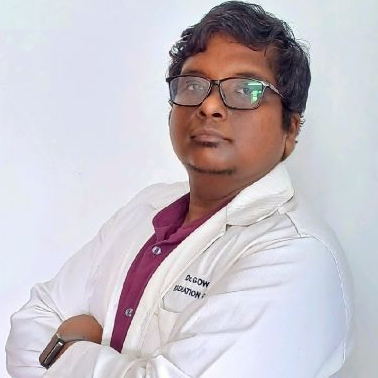
Dr Gowshikk Rajkumar
Oncologist
10 Years • MBBS, DMRT, DNB in Radiation oncology
Bengaluru
Apollo Clinic, JP nagar, Bengaluru
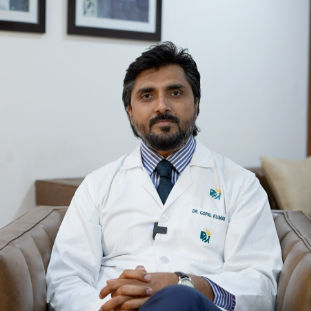
Dr. Gopal Kumar
Head, Neck and Thyroid Cancer Surgeon
15 Years • MBBS, MS , FARHNS ( Seoul, South Korea ), FGOLF ( MSKCC, New York )
Delhi
Apollo Hospitals Indraprastha, Delhi
(25+ Patients)
Consult Top Oncologists

Dr Sunita Samleti
Oncologist
18 Years • M.D. (Pathology)- TN Medical College, Mumbai University, Mumbai, Mar 2005 M.B.B.S. Grant Medical College, Mumbai University, Mumbai, Oct 1999
Chinagadila
Apollo Hospitals Health City Unit, Chinagadila

Dr. Sanchayan Mandal
Medical Oncologist
17 Years • MBBS, DNB Raditherapy, DrNB Medical Oncology
East Midnapore
VIVEKANANDA SEBA SADAN, East Midnapore

Dr.sanchayan Mandal
Medical Oncologist
17 Years • MBBS, DrNB( MEDICAL ONCOLOGY), DNB (RADIOTHERAPY),ECMO. PDCR. ASCO
Kolkata
Dr. Sanchayan Mandal Oncology Clinic, Kolkata

Dr Gowshikk Rajkumar
Oncologist
10 Years • MBBS, DMRT, DNB in Radiation oncology
Bengaluru
Apollo Clinic, JP nagar, Bengaluru

Dr. Gopal Kumar
Head, Neck and Thyroid Cancer Surgeon
15 Years • MBBS, MS , FARHNS ( Seoul, South Korea ), FGOLF ( MSKCC, New York )
Delhi
Apollo Hospitals Indraprastha, Delhi
(25+ Patients)
More articles from Breast Cancer
Frequently Asked Questions
Q1. What does a breast cancer lump actually feel like?
It can vary, but often it is a hard, immovable mass with irregular edges. Some cancers may present as soft, rounded, or even painful lumps. Any new, persistent lump should be checked by a doctor.
Q2. Can men get breast cancer and show these early signs?
Yes, men can get breast cancer. They should also be aware of these symptoms, particularly lumps, nipple pain, inversion, discharge, or skin changes on the chest.
Q3. How often should I get a mammogram?
Guidelines vary. Women at average risk are generally advised to start annual or biennial mammograms at age 40 to 50. It is best to discuss your personal screening schedule with your doctor based on your risk factors.
Q4. Is pain a common early sign of breast cancer?
Persistent, localised pain that does not change with your menstrual cycle can be a sign, though it is not the most common. Most breast pain is due to benign, hormonal causes.
Q5. What are the symptoms of inflammatory breast cancer?
This aggressive and rare form often does not involve a lump. Instead, symptoms include a rapidly enlarging breast, redness covering more than a third of the breast, skin that feels warm and pitted like an orange peel, and persistent itching.
